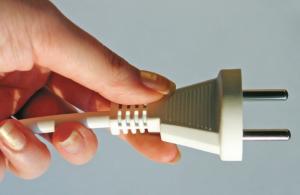Engaging customers will require more than TOU pricing.
Lester B. Lave is a university professor and Higgins Professor of Economics and co-director of the Electricity Industry Center at Carnegie Mellon University. Email him at: ll01@andrew.cmu.edu
Imagine a setback thermostat programmed at the factory that the consumer couldn’t modify. Who would want this device? You could give the customer a big enough discount to get her to accept the device, but she would be happier and you could save about as much energy if the customer could decide on the temperature and time settings.

Similarly, most of the in-home displays and dynamic-pricing structures entering the market today lack the most important feature necessary to change customer behavior. Namely, they don’t give customers control over their energy consumption in response to real-time price signals. Instead they tend to force changes in consumption according to a schedule that might or might not reflect true market prices at any given moment.
An electronic energy manager with a display conceptually is different from the smart meters and other devices in the field. It focuses on empowering the customer to decide how much electricity to use under specified conditions. It does not oblige the customer to reduce electricity use, but only does what the customer tells it to do.
The energy manager is similar to the best devices in that it empowers the consumer by providing better information. Unlike the other devices, it gives a wider range of choices as to how to respond to high prices. And like the best devices, it can respond immediately to price signals from the utility.

